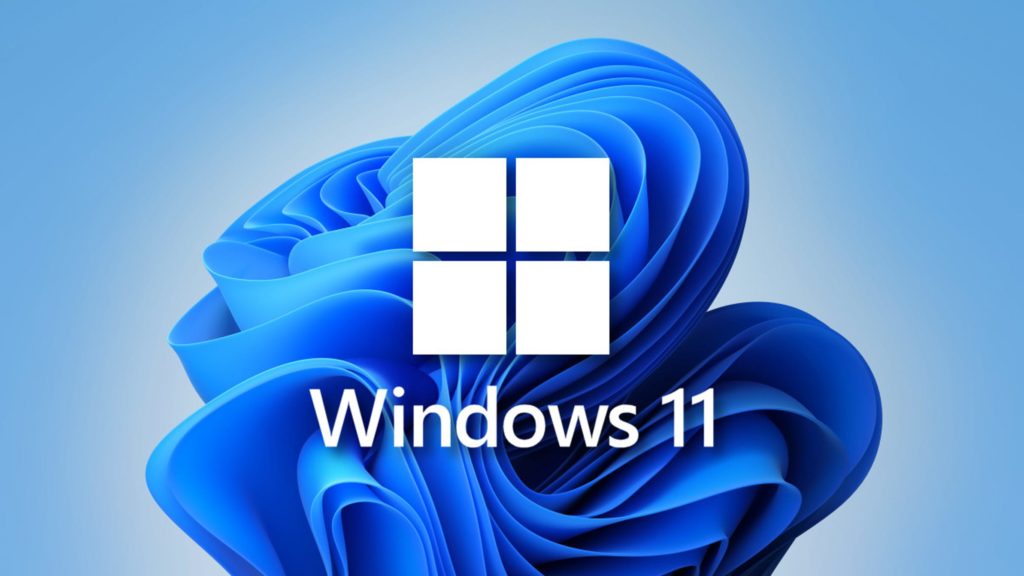16 Jan Make your leap to Windows 11 better with these 5 tips
Simple steps to improve your Windows 11 installation

While Windows 11 is far from mass adoption and mandatory updates, plenty of businesses and users are shifting over to Microsoft’s latest OS iteration. And with any changes comes necessary precautions, actions, and things to do to keep the process as headache-free as possible.
During setup, there are a few key things you can do to streamline your experience. Windows 11 was designed with the remote environment in mind, as well, in response to the demand and growth of said remote environments.
Tip 1: Check for bloatware
It’s unlikely a system with Windows 11 ships with bloatware. However, it pays to double-check. Skim and remove bloatware from your system, which is defined as junk software and/or apps you didn’t install.
Uninstalling them, fortunately, is much easier with a right-click into a dropdown menu.s
Tip 2: Setup your preferred account
Windows 11 takes a different approach for account setup: local or a Microsoft account. There are also enterprise accounts, defined as either domain or Azure Active Directory. The latter is for business environments, governed by a system administrator.
Should I use a Microsoft account?
You can select this option for some additional security features and conveniences. Windows 11, for example, uses 2FA, and even makes use of facial recognition for increased security. Encryption and recovery tools are also available with the Microsoft account option.
Tip 3: Cleanup your taskbar
Like cleansing bloatware, check off and remove software, apps, and shortcuts from your taskbar. The idea is cut down on clutter and make your experience visually appealing. The less distractions, the better. Of course, feel free to keep the shortcuts if you really want them.
You can adjust this by heading to personalization (Settings > Personalization > Taskbar).
Tip 4: Utilize Windows Sandbox
Here’s one of Windows 11’s biggest features for professional teams or otherwise. Available on Enterprise, Pro, or Education, Sandbox allows users to create an isolated virtual machine environment. This means users can run a variety of stress tests, programs, and even visit dangerous websites with no risk to their own machine.
The option can be located in Windows Features and activates after restarting your system.
Tip 5: Setup your backups
Having data recovery and backup options is important for anyone, so take advantage of this Windows 11 feature. Microsoft Accounts have a free 5GB of cloud storage with their OneDrive account. A 365 account has 1TB, if you want a subscription.
Manage these settings by going to OneDrive > Manage OneDrive Backup. Some default options will store your files and folders on the OneDrive, so be sure you select the settings you want.
Some options will be disabled if there is a system administrator.
There are plenty of new things to learn about Windows 11, but getting started the right way is an important first step. These five tips will help streamline that experience.
If you’d like additional help or resources, you can reach out to Bytagig for more info.
Share this post:

Sorry, the comment form is closed at this time.